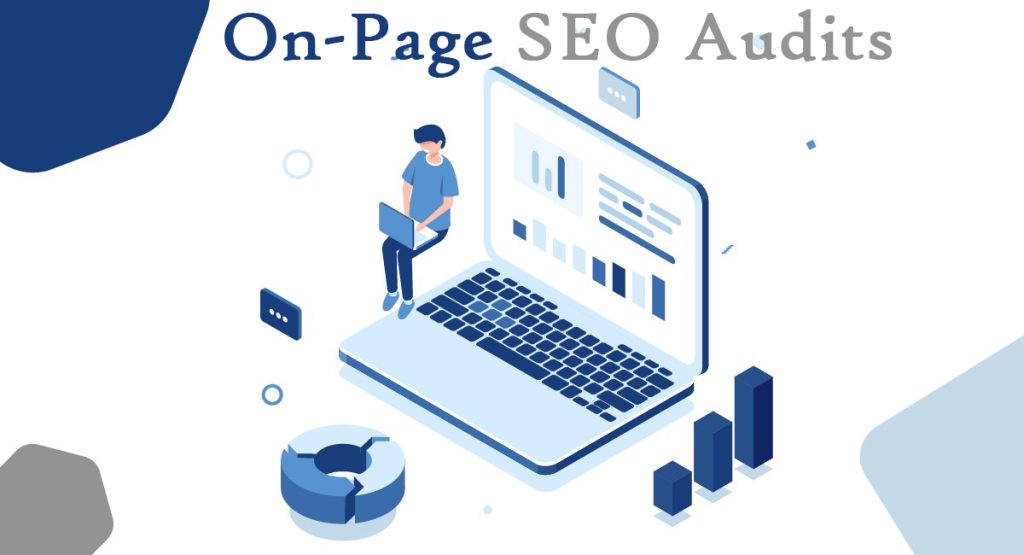Are you struggling to get the search engine rankings your website deserves? A poorly optimized site might be the reason behind your poor performance. But don’t worry—understanding and conducting an on-page SEO audit can help turn things around.
An SEO audit is an in-depth review of your website’s various elements to identify strengths and weaknesses affecting its search engine visibility.
It involves examining aspects such as content, meta tags, and technical settings to ensure everything is optimized for search engines.
Understanding On-Page SEO Audits
An on-page SEO audit specifically focuses on the elements within your website. Unlike off-page SEO, which addresses external factors like backlinks, on-page SEO involves optimizing content and technical settings on individual pages.
This includes evaluating page titles, meta descriptions, headers, URL structures, internal linking, and more.
Why Do We Need to Do This?
Regular on-page SEO audits are crucial for maintaining and improving your website’s search engine performance and overall user experience. Here’s why you should prioritize these audits:
- Improves Search Rankings

Regular on-page SEO audits help identify and fix issues that can hinder your site’s visibility on search engines.
By optimizing key elements like page titles, meta descriptions, and content, you enhance your site’s relevance and authority, which can lead to improved search engine rankings and increased organic traffic.
- Increases Click-Through Rates (CTR)
Optimized titles and meta descriptions play a significant role in attracting clicks from search engine results pages (SERPs).
Crafting compelling, keyword-rich titles and descriptions can enhance your site’s visibility and appeal, encouraging more users to click through to your pages.
- Enhances User Experience
A well-conducted on-page SEO audit ensures that your website loads quickly, is easy to navigate, and delivers valuable, user-focused content.

Faster page load times and a user-friendly interface contribute to a positive user experience, leading to higher user satisfaction and retention rates.
- Boosts Engagement and Conversions
High-quality, relevant content and a well-structured website help keep visitors engaged.
By reducing bounce rates and improving site navigation, you encourage users to explore more pages, which can lead to increased conversions and better overall performance.
These issues can negatively impact your site’s search engine performance and user experience, leading to lower traffic and reduced online success.
How to Perform an On-Page SEO Audit
To ensure your website is optimized for search engines and user experience, follow these steps for a comprehensive on-page SEO audit:
Analyze Page Titles and Meta Descriptions
Ensure that each page on your website has a unique, relevant, and keyword-optimized title and meta description.
These elements are crucial for both attracting clicks from search results and providing search engines with context about your content.
Evaluate Headers and Subheaders
Check that headers (H1, H2, H3, etc.) are used correctly and include relevant keywords.
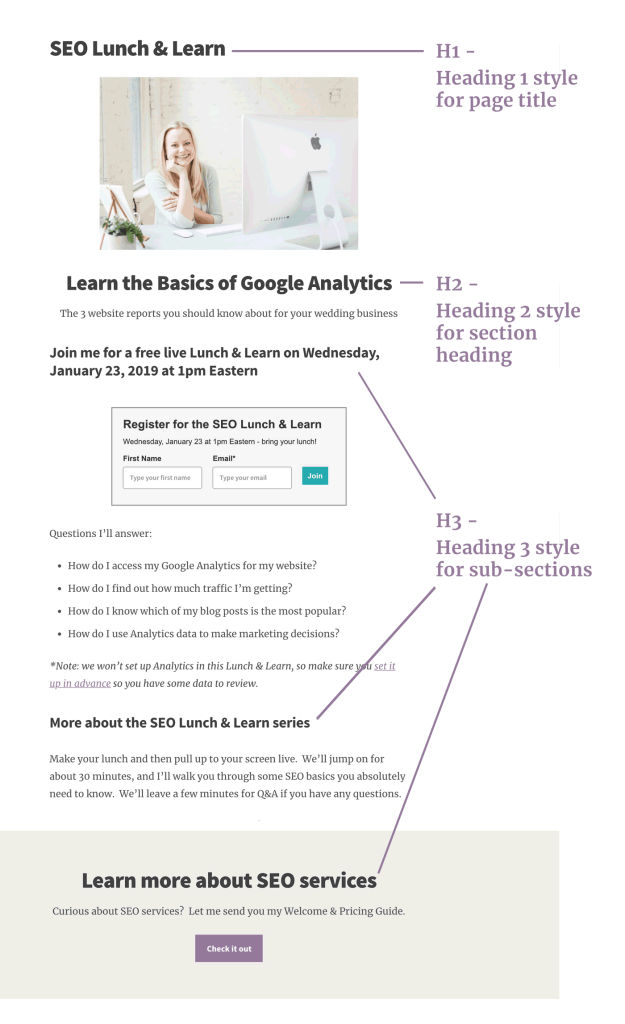
Proper use of headers helps structure your content, making it more readable and easier for search engines to understand the hierarchy and main topics of your page.
Assess Content Quality
Review your content for relevance, keyword optimization, and engagement.
High-quality, original content that addresses user intent and provides value is essential for SEO success.
Ensure your content is updated regularly to remain relevant and informative.
By following a comprehensive SEO audit checklist, you can identify key areas for improvement and boost your website’s performance, ensuring better rankings and increased traffic.
Check URL Structure
URLs should be clean, descriptive, and include target keywords. Avoid complex or lengthy URLs that can hinder search engine indexing.

A well-structured URL helps both users and search engines understand the content of the page.
Inspect Internal Linking
Verify that internal links are used effectively to guide visitors and search engines through your site.
Proper internal linking helps distribute page authority, improve navigation, and enhance user experience by making related content easily accessible.
Review Image Optimization
Optimize images by using descriptive alt tags and appropriate file names.
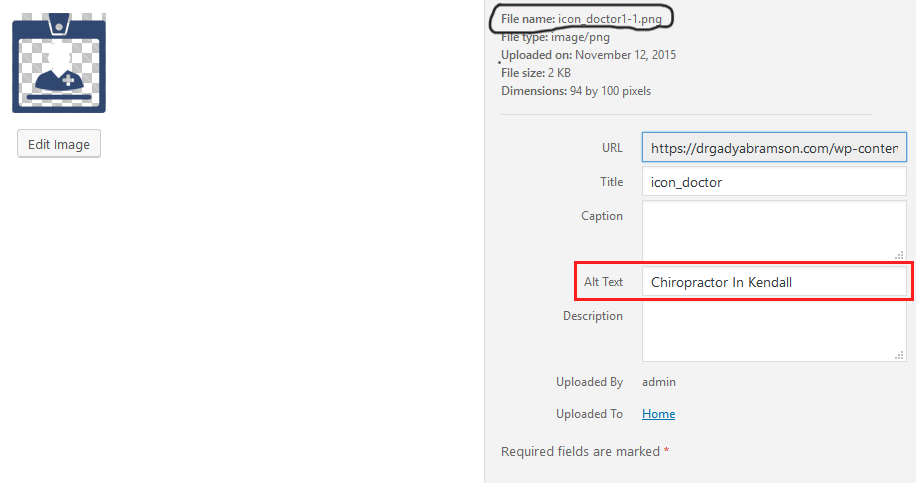
Proper image optimization not only improves page load times but also enhances accessibility and provides additional context to search engines about your content.
Test Mobile-Friendliness
Ensure your site is mobile-responsive and provides a seamless experience on various devices.
With the growing number of mobile users, a mobile-friendly design is crucial for maintaining user engagement and achieving higher rankings in mobile search results.
Check Page Load Speed
Use tools like Google PageSpeed Insights to test and improve your page load times.
Faster-loading pages offer a better user experience and are favored by search engines, which can positively impact your rankings and user retention.
Evaluate Technical Elements
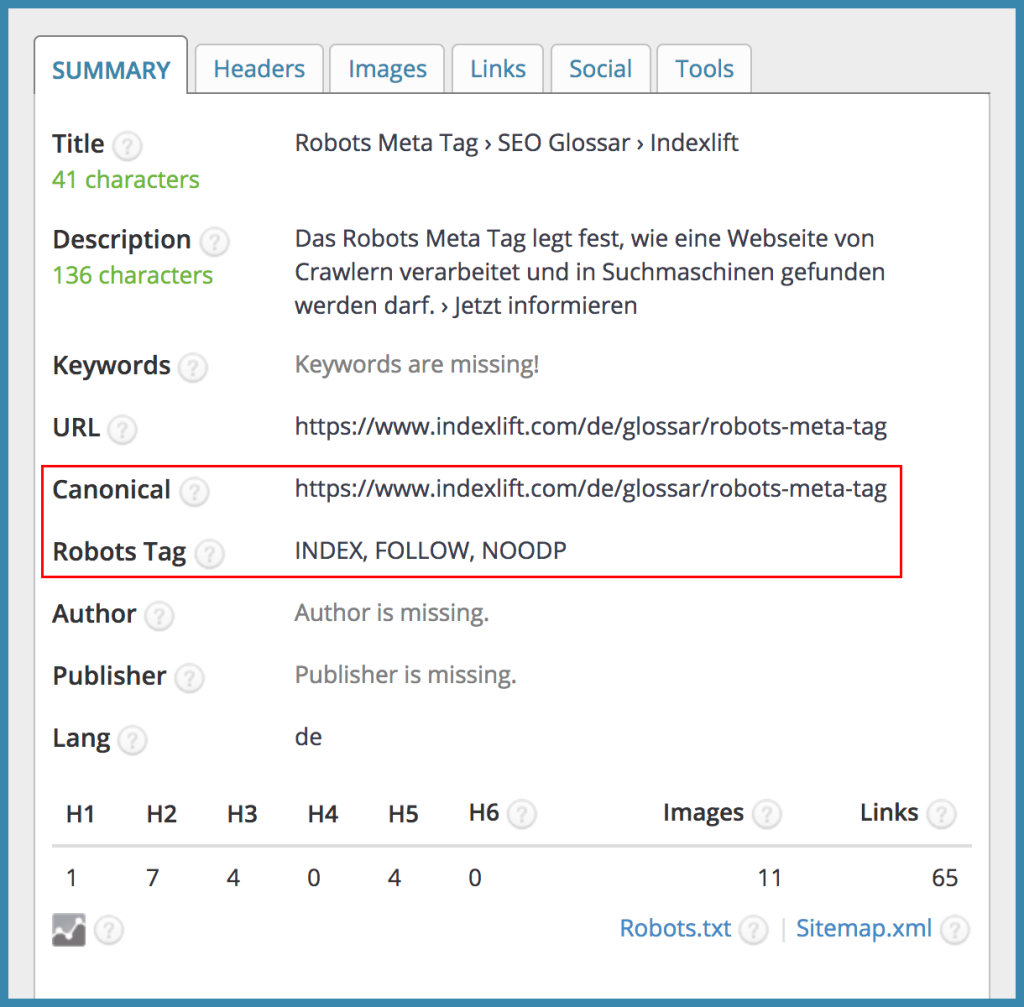
Review technical factors such as meta robots tags, canonical tags, and schema markup.
Proper implementation of these elements ensures correct indexing and helps you achieve rich results in search engine listings.
Monitor Analytics
Utilize analytics tools like Google Analytics to track performance metrics and user behavior.
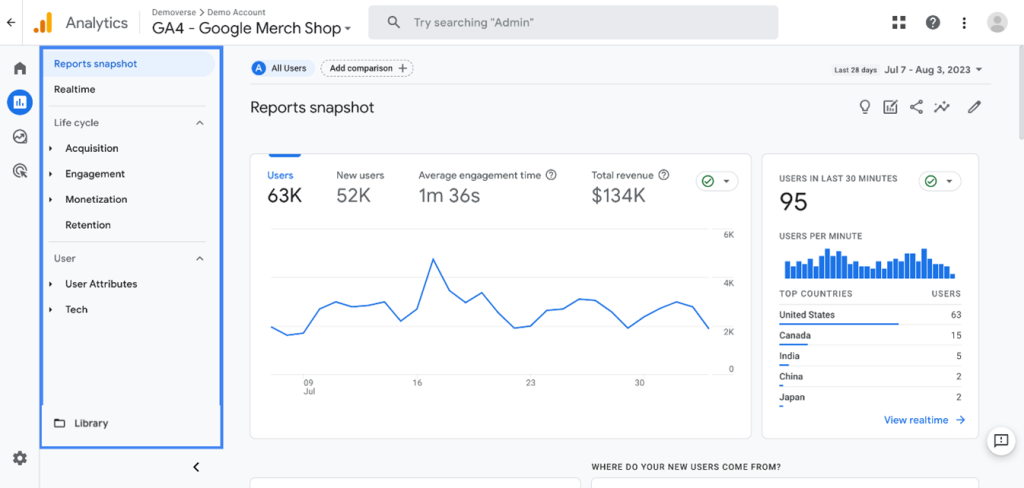
Regular monitoring helps identify areas for improvement, measure the impact of your optimizations, and make data-driven decisions to enhance your website’s performance.
Tools needed for On- Page Seo Audits
Performing an on-page SEO audit effectively requires a set of tools to evaluate various aspects of your website. Here’s a list of essential tools you can use for a comprehensive on-page SEO audit:
- Google Search Console
Use for: Monitoring search performance and indexing issues.
- Google Analytics
Use for: Tracking user behavior and site performance.
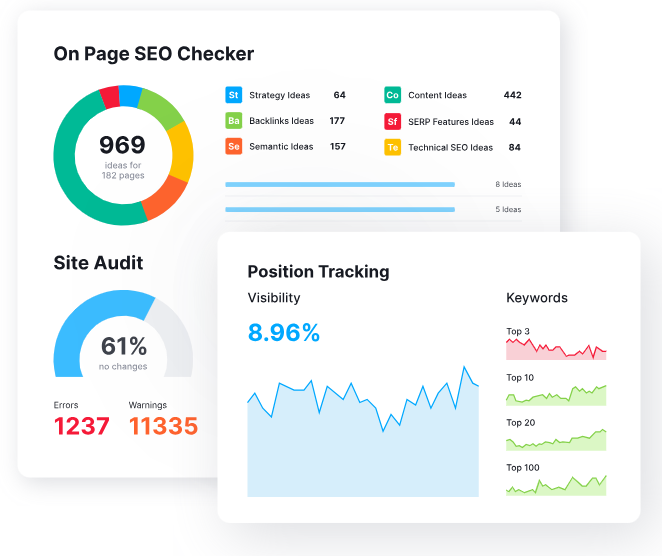
Use for: On-page SEO checks and keyword analysis.
- Ahrefs
Use for: Site audits and competitor analysis.
- Yoast SEO (WordPress)
Use for: On-page optimization and content analysis.
- Screaming Frog SEO Spider
Use for: Crawling sites to identify technical SEO issues.
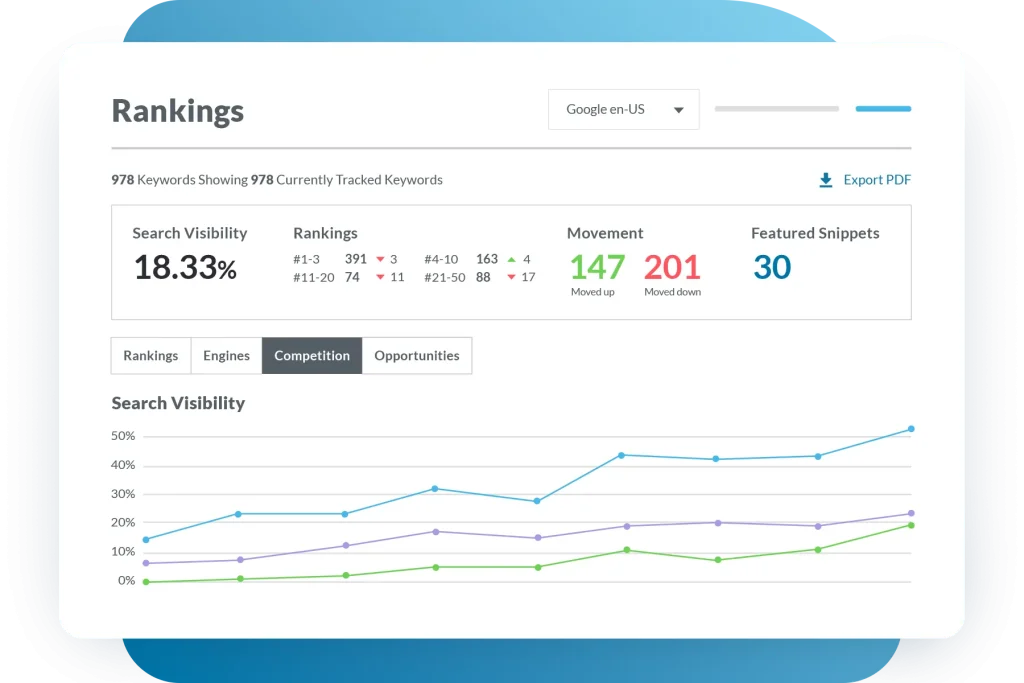
Use for: On-page optimization and site health analysis.
- GTmetrix
Use for: Analyzing page speed and performance.
- Google PageSpeed Insights
Use for: Improving page load speed and mobile performance.
- Lumar
Use for: Comprehensive website crawling and SEO analysis.
To Sum UP
An on-page SEO audit is a critical process for improving your website’s performance. By thoroughly analyzing and optimizing elements such as page titles, content, URL structure, and mobile responsiveness, you can enhance search engine rankings and user experience.
Regular audits ensure that your site remains competitive and aligned with SEO best practices.
Contact LalitWebMedia for expert SEO audits and personalized solutions tailored to your needs. Let us help you achieve online success!

